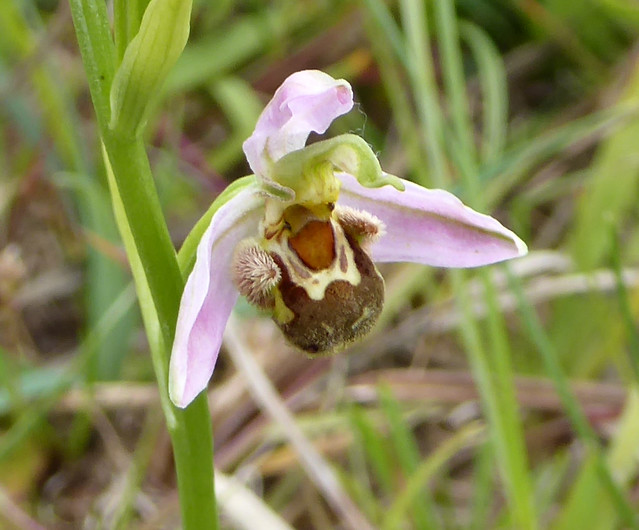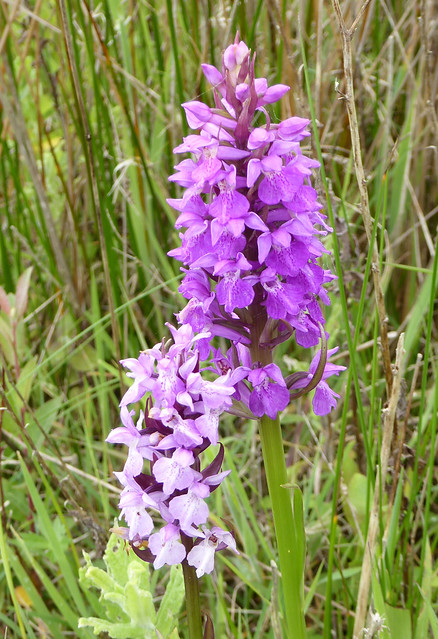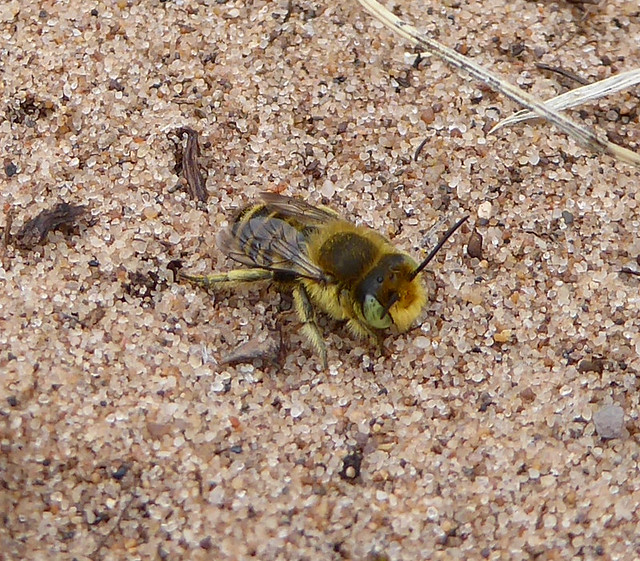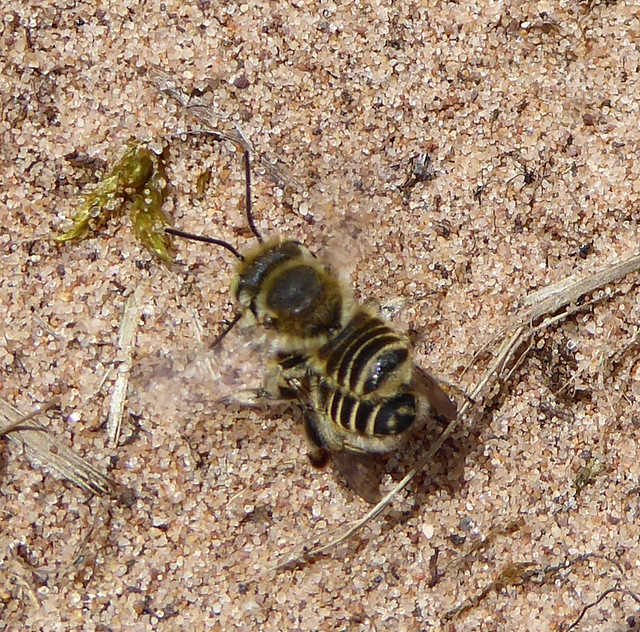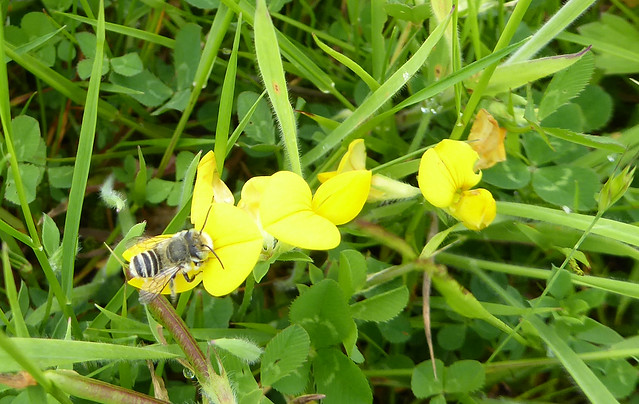As the train drew in to Dawlish Warren station, I realised that I hadn’t made this journey by rail for nearly two years because of the pandemic. Seeing the familiar landmarks at the station and, in particular, the river Exe, a pale blue ribbon of water stretching ahead parallel to the railway, was like visiting the house of an old friend. I had decided to travel by train to try to inject some sense of normality into my life. Being “double-jabbed”, I felt the risk was low.
The journey had gone well, the vast majority of passengers wore masks and were being careful and respectful of others. The railway line between Newton Abbot and Exeter runs close to water all the way, providing one of the great railway journeys in the UK and I was enthralled, as always, by the close-up views of the Teign estuary and of the sea between Teignmouth and Dawlish Warren. It was by no means a “normal” experience, though, as everywhere there were signs urging people to take care.
Leaving the station, I walked through the commercial area which had a distinct holiday atmosphere. Racks of colourful plastic buckets and spades vied for attention with row upon row of beach shoes and there were quite a few people about. Some were enjoying the funfair, some the busy cafes and pub while others were simply promenading.
When I reached the seafront, I sat on one of the benches for a short time to take in the view. Thin cloud hung overhead but milky sunshine kept the temperature pleasant. Visibility was good and there were clear views across the water to the red cliffs of East Devon. The tide was low and the sea a silvery-blue mirror tempting children and parents into the water for a swim or splash about.
A fenced boardwalk took me down into the nature reserve passing between sandy areas covered in rough grass where the papery, lemon-yellow flowers of evening primrose showed well. Some small birds were moving about here perching above the scrubby bushes. I was unable to see them clearly enough to identify by eye but their distinctive rattling call told me they were cirl buntings, rare birds that frequent this part of south Devon.

The middle part of the reserve is a large area of damp grassland and ponds surrounded by sand dunes. A dense population of scrambling plants grew across the damp areas with colourful flowers decorating the thick green matrix (see picture at the top of this post). Meadowsweet with its frothy, creamy blooms was perhaps the dominant flower but there were also many spikes of yellow bartsia, a root hemiparasite that takes nutrients from grasses and suppresses their growth. Purple tufted vetch scrambled through the lush canopy and the tall stems of purple loosestrife were just coming into flower. The southern marsh orchids that had illuminated the area a month ago were now mostly over although a few flowers remained.

Further on I began to see one of Dawlish Warren’s summer specialities, marsh helleborine. Clusters and then large drifts of this beautiful but unusual orchid were coming up through the short, damp grassland lending it a pinkish veneer. I made the error of kneeling down to look more carefully at the flowers only to realise just how damp the area was. The flowers are complex with three pink sepals and two upper petals, white with pink striations, covering the yellow reproductive apparatus. The large lower lip is even more complex with its upper section decorated with pink striations and its lower, mostly white frilly-edged section. This lip also has a strange appendage, rather like a pocket with egg yolk splodges.
The land then rose steadily towards the dune ridge in a network of soft sandy paths separating patches of rough vegetation. The sounds of the sea were always present and as I walked about, it seemed that wherever there was loose sand, a few small stripy bees were resting near the path edge. Photographs showed that these had striking green eyes. Some had yellowish brown hair around the thorax and looked very fresh whereas in others this had turned silvery an indication of their age. The green eyes and the preference for a sandy environment are characteristic of male silvery leafcutter bees (Megachile leachella). This species is found in large numbers at Dawlish Warren.
The pink and white pea-type flowers of restharrow grew alongside one rising sandy path and a stream of black and white stripy bees, (slightly larger and pointier than the male leafcutters) were arriving to forage. They landed on the white lower part of the flower and then rocked backwards and forwards as they accessed the nectar. These are female silvery leafcutter bees collecting nectar for their nests. There were also males about but they showed no interest in the females, mating having, I presume, happened already.
Not far away was a different habitat again where the soft paths ran between small vertical areas of sand held together by rough grass and with poorly defined but visible cavities. Male leafcutters were loitering about here but then I saw a female arrive carrying a segment of green leaf under her abdomen. She landed in front of one of the holes and gradually eased forward eventually disappearing with her leaf segment. The piece of leaf will be used to construct her nest in the cavity in the sand.
But where was she cutting her leaf segments? I wandered about the area near her nest looking at the vegetation and eventually came across a tree where the leaves had many small semi-circular holes. Some of the leaves had been so well cut that there was little leaf left. This may be the source of the leaf segments but without seeing one of the bees cutting I can’t be sure as there is another species of leafcutter resident at Dawlish Warren. No bees turned up to answer my question and by now the weather had changed becoming cooler and windy and it felt as though the bees had decided to take the afternoon off.
Last year, I did find silvery leafcutter bee females cutting leaf segments at Dawlish Warren but from a different tree and here is a short video:
With the change in the weather, I decided to go home and made my way to the railway station. It had been a good visit and I was pleased to have taken my first train journey after such a long time. Ironically, that evening, the Prime Minister announced that from July 19th all COVID restrictions on behaviour would be abandoned. This has not been met with universal acclaim and I would urge you to read this deeply felt critique. For myself, I am not sure I would feel comfortable to travel by train again unless the railway companies make mask wearing compulsory.










